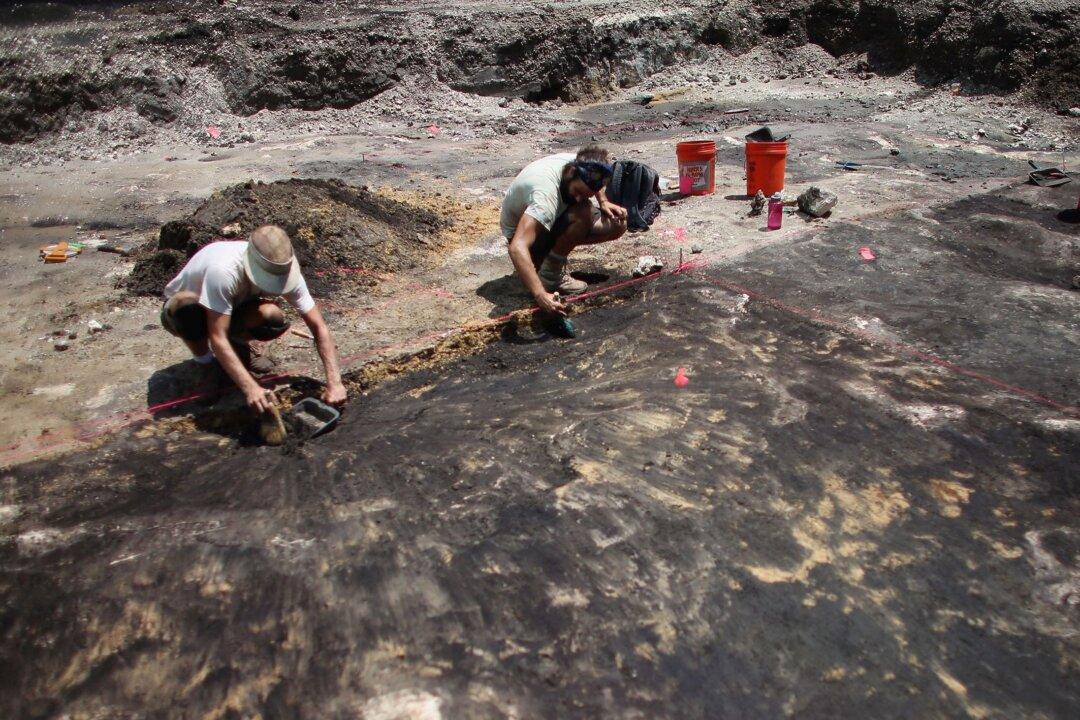Commentary
“Who controls the past controls the future: who controls the present controls the past.” George Orwell’s frequently cited dictum encapsulates the contested terrain at issue between antagonists in the domain of archeology. On one side are scientists who uphold the tradition of disinterested inquiry into our species’ origins; on the other, an academic cadre so bedazzled by progressive theories of social justice as to privilege indigenous mythology over evidence-based science.





